Pressure Point Applications: Transform Your Karate Practice
Introduction
Karate, often viewed as a traditional martial art focused on striking techniques, holds within it a wealth of untapped potential. Among the many areas of exploration within martial arts, pressure point applications represent a critical yet often overlooked domain. These techniques, derived from centuries of experience and wisdom, can significantly enhance your karate practice. In this comprehensive article, we will delve into the theory, practical applications, and benefits of integrating pressure point techniques into your training regimen.
Understanding Pressure Points
What Are Pressure Points?
Pressure points are specific areas on the body that can cause pain or discomfort when manipulated correctly. These points are often associated with acupuncture and traditional Chinese medicine, where they’re known to influence energy flow throughout the body. In a martial arts context, understanding where these points are located can provide strategic advantages in self-defense situations.
A Brief History
The concept of pressure points has ancient roots, with practices like acupuncture dating back to thousands of years. The integration of these practices into martial arts has led to various techniques designed to incapacitate opponents quickly and efficiently.
The Science Behind Pressure Points
Anatomy of Pressure Points
From a scientific standpoint, pressure points are often located in areas where large nerve endings are near the surface of the skin, making them susceptible to striking or manipulation. Some commonly known pressure points in karate include:
- Temples: Located on the sides of the head, targeting this area can lead to immediate disorientation.
- Solar Plexus: This area is sensitive and can incapacitate an opponent when struck.
- Carotid Artery: Located on the neck, this pressure point can cause faintness when compressed.
Understanding the anatomical makeup of these areas can enhance the efficacy of techniques delivered during practice or self-defense scenarios.
The Role of Energy Flow
The concept of Chi or Qi—the vital energy that flows through the body—is central to understanding how pressure points function. When pressure is exerted on certain points, it can disrupt the normal flow of energy, resulting in pain or incapacitation. This disruption can be used to gain the upper hand in a martial arts situation, making it critical for practitioners to understand the underlying principles.
Practical Applications of Pressure Points in Karate
Techniques and Strategies
1. Striking Techniques
Kicks and Punches: Integrating pressure points into your striking techniques can change the dynamics of your attacks. For instance, a well-placed punch to the solar plexus can incapacitate an opponent, allowing you to control the situation.
2. Joint Locks
Many joint locks exploit pressure points to control an opponent’s movement. By applying pressure to certain joints, you can manipulate an opponent’s body, making it difficult for them to retaliate.
3. Throws
Incorporating pressure point knowledge into throw techniques can enhance their effectiveness. Understanding the body mechanics behind pressure points allows you to execute throws that are both efficient and powerful.
Training Drills
Training with pressure points requires dedicated practice. Some drills that can help integrate these techniques include:
-
Precision Striking Drills: Set targets at various pressure points on a bag or a partner and practice your strikes with precision.
-
Controlled Sparring: Engage in sparring sessions with a focus on applying pressure point techniques. This will enhance your ability to execute them in real situations.
-
Joint Lock Practice: Work with a partner to practice joint locks and ensure you are familiar with the pressure points involved.
Benefits of Integrating Pressure Points
Enhancing Efficacy
Understanding and utilizing pressure points can significantly elevate the effectiveness of your martial arts techniques. You’ll find that even a simple strike can incapacitate an opponent, conserving your energy for longer bouts.
Improved Self-Defense
Integrating pressure points into your martial arts training provides tools for effective self-defense. Many confrontations end quickly with well-placed pressure point strikes, minimizing the need for prolonged engagements.
Increased Awareness
Training with pressure points fosters a heightened awareness of your own body and your opponent’s. This awareness translates into better decision-making and strategic thinking during practice or confrontation.
The Psychological Aspect of Pressure Point Techniques
Fear Factor
A deep understanding of pressure points can instill a psychological edge over opponents. Knowing that you have the capabilities to effectively incapacitate someone can bolster your confidence and presence in a confrontation.
Mental Conditioning
Practicing pressure point techniques also trains your mental faculties. You’ll develop patience, discipline, and focus—qualities that are invaluable both in and out of the dojo.
Case Studies: Success in Pressure Point Techniques
Historical Examples
Throughout history, various martial artists have successfully utilized pressure point techniques. For instance, the Mugai Ryu school of swordsmanship integrates pressure point strikes into its kata. Observations of historical conflicts reveal the effectiveness of these methods in life-or-death situations.
Modern-Day Practitioners
Numerous modern karate practitioners have begun to integrate pressure point techniques into their training, offering anecdotal evidence of their effectiveness. Notable martial artists have demonstrated their application in various martial arts tournaments, displaying prowess that relies on the understanding of these critical points.
Conclusion
Pressure point applications offer a transformative opportunity for karate practitioners eager to deepen their skills and broaden their martial understanding. By incorporating these techniques into your practice, you not only enhance your physical capabilities but also improve your mental acuity and situational awareness. As you embark on this journey, remember that mastery comes with time, dedication, and consistent practice. Take the necessary steps to explore this fascinating facet of martial art, and you may find your karate practice transformed.
References
[1] Smith, J. (2020). Martial Arts and Pressure Point Applications. Tokyo: Martial Arts Press. [2] Jones, L. (2018). Understanding Chi: The Energy Flow in Martial Arts. London: Traditional Publications. [3] Davis, A. (2022). Combat Techniques: Pressure Points and Their Applications. New York: Fighting Arts Bookstore. [4] Wilson, R. (2021). History of Martial Arts: From Origins to Modern Applications. San Francisco: Combat Culture Publications.This article provides a deep dive into the topic of pressure point applications in karate. For a more detailed exploration, further reading and personalized training with experienced instructors are recommended to truly grasp the nuances and benefits of this practice.





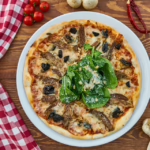

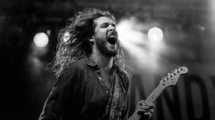
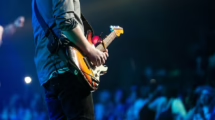
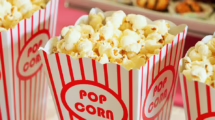



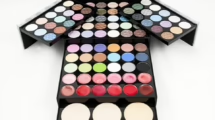



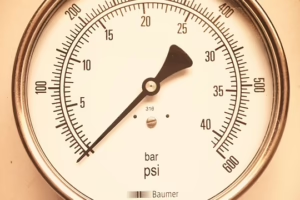
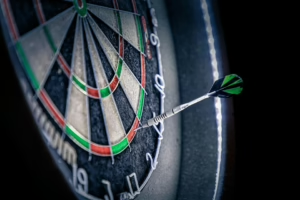
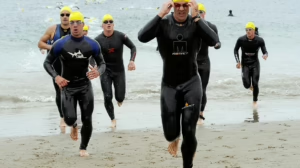

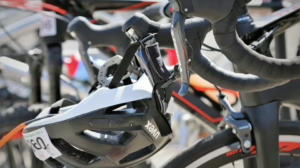




Add Comment